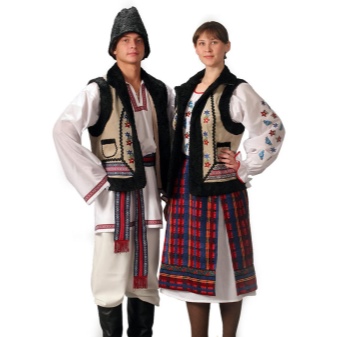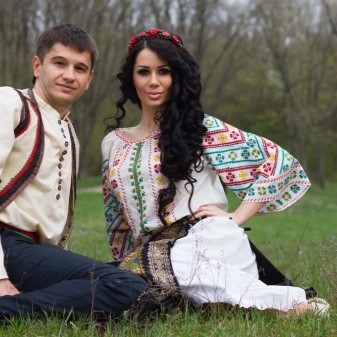The national Moldavian costume is a striking example of the unique creativity of folk craftsmen, an example of ancient customs, evidence of the deep interaction of the Moldavian ethnic group with neighboring peoples.
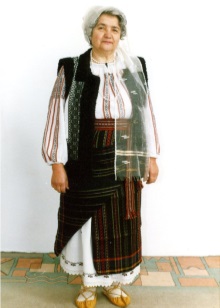
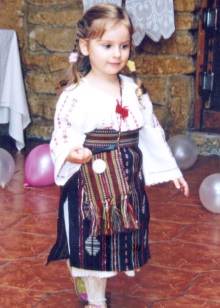
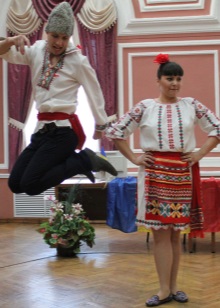
Not so long ago, every craftswoman was obliged to make an outfit for herself. Moreover, copying intricacies and patterns was not allowed. By the nature of the pattern, the color scheme, the characteristics of the cover, one could judge the social status of the girl, the inclinations of her character. A prerequisite was the harmony of the costume with a common appearance - the color of the eyes, hair, headgear.
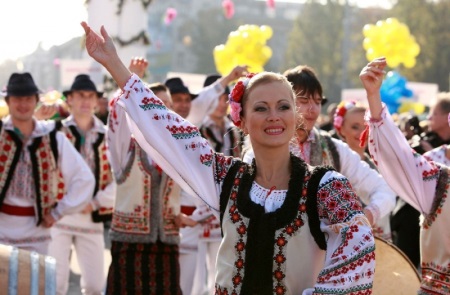
Natural fabrics traditionally served as material for making dense: wool, linen, hemp, cotton.
The material of the costume reflected the well-being of the family. The Moldovans of modest prosperity used hemp fabric, while the more prosperous ones used linen or cotton, which was significantly more tender than hemp. Moreover, the canvases themselves were often made at home. Silk was also used to make towels that served women to cover their heads.
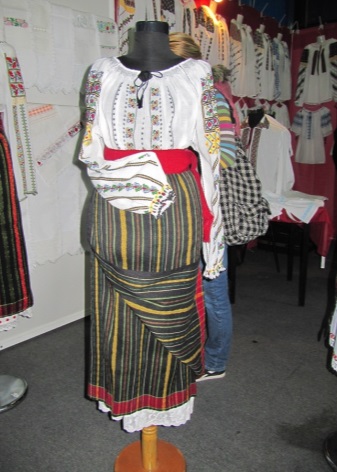
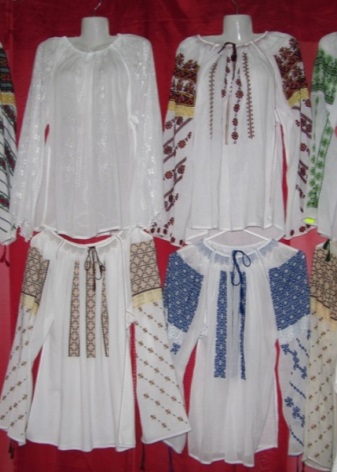

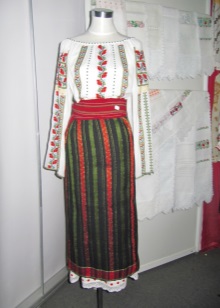
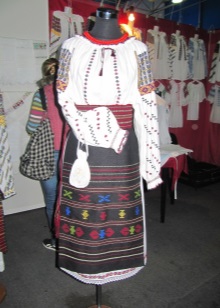
Decorations of the Moldavian costume were directly related to the area in which this people lived. Fertility of the soil, mild climate, rich harvests - everything was reflected in embroidery and patterns on the fabric. The pattern in the form of leaves, flowers, clusters of grapes combined with the geometric pattern of embroidery created a unique flavor of the Moldavian national costume.

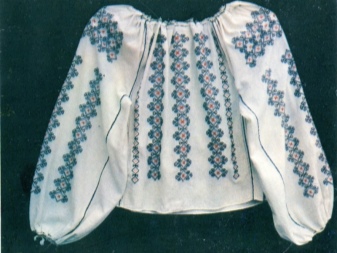
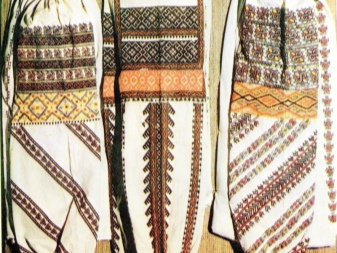
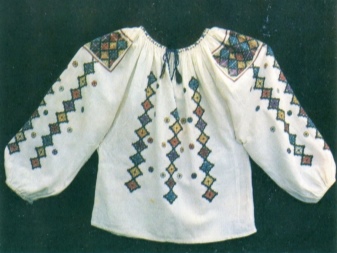
Women's national costume
The composition of the women's national costume traditionally includes the following components: a hat, outerwear, shoes, jewelry and accessories, which vary depending on conditions.
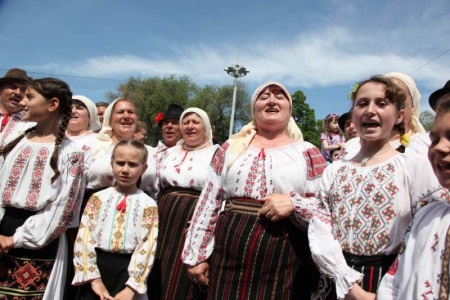
Various details of the costume: the nature of the decoration, the fit of outer clothing, the ornament and color scheme testify not only to the social status and type of occupation, but even to age.
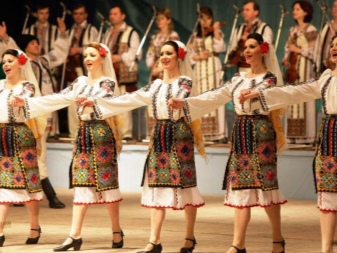
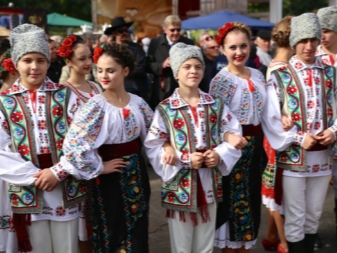
So, married women preferred calmer colors, simple cut and modest materials. Girls, on the contrary, wore bright and noteworthy outfits. Their costume often did not involve wearing a hat and an apron.
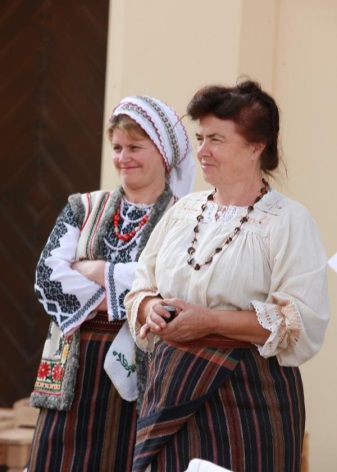
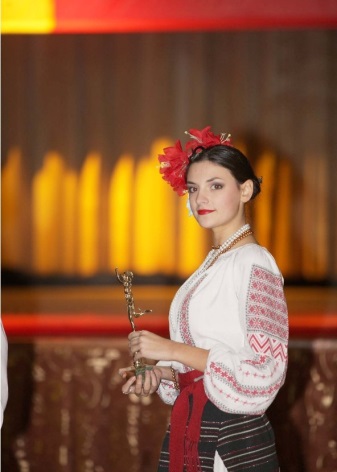
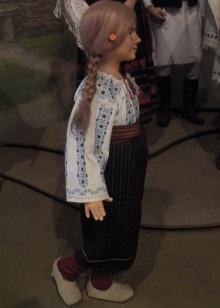
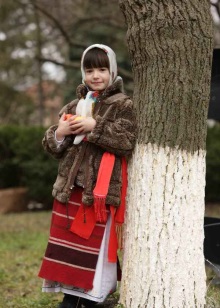
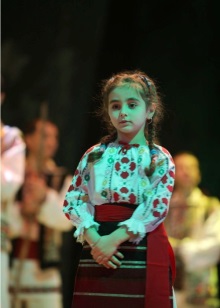
At the same time, it should be noted that some aspects of the folk material and spiritual culture, including in the field of costume, bear the imprint of the demographic structure of a particular ethnographic area.

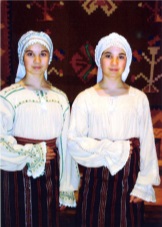
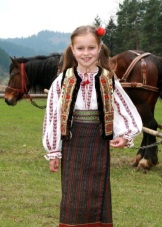
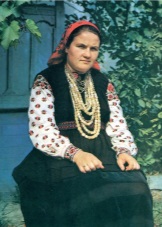
A large number of Ukrainians live in the northern part of Moldova, and the Gagauz and Bulgarians live in the south along with the Moldavians. As a result of the mutual exchange of traditions, elements characteristic of other ethnic groups are included in the national costume of these geographical areas.

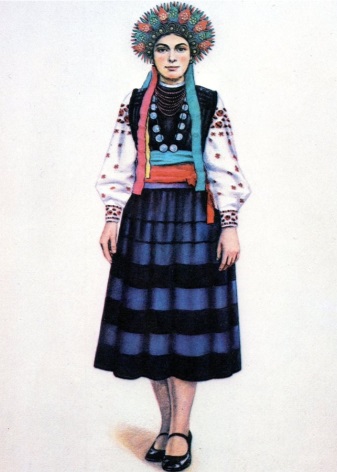
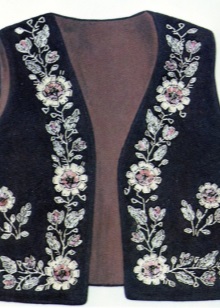
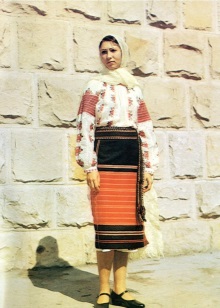
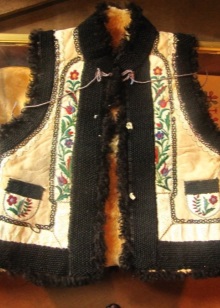
Shirt
One of the main elements of the Moldavian costume is the shirt. Made of white fabric. She had a simple cut, reminiscent of a tunic with a square or round cut for the head.

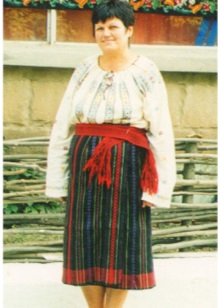
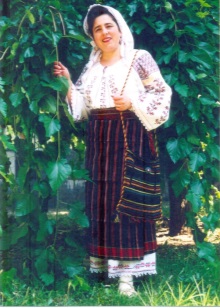
The shirt was often decorated with a simple geometric or floral pattern. The color scheme is usually represented by 2-3 colors, but monochrome patterns and ornaments were not uncommon.
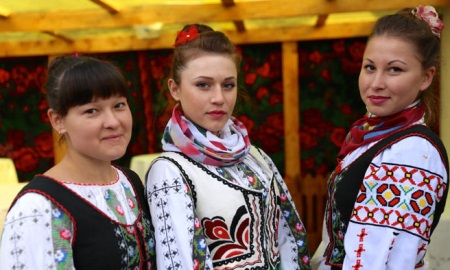
The shirt was cut out of three rectangular parts: the back, front and sleeves. For sewing the upper part, soft fabric was used, and the lower part was dense.
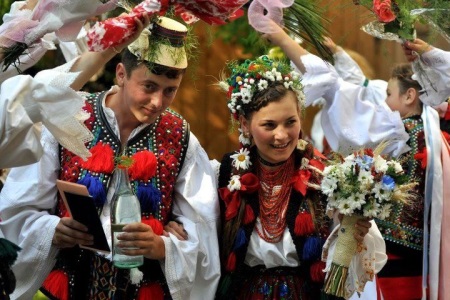
Skirt
A set of national clothes for a woman without fail included a skirt. In the first place in popularity was a variety of "Katrina." It was especially characteristic for the north of Moldova. The canvas for this type of skirt is not sewn, but wrap one floor after another. Such a canvas was fastened to the belt. Girls additionally decorated such a skirt with a bright scarf. For her, they used only the highest quality peri-or de lîna wool.
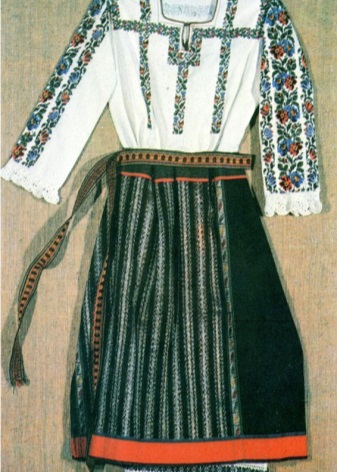
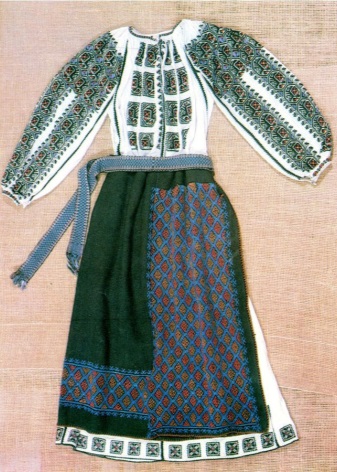
Katrina was of two kinds. In the first case, the top and bottom of the skirt differed in color, and in the second, the sides and the central part. In general, everyday skirts did not differ in bright colors or patterns and were mostly black or brown. The festive version of the skirt was painted and embroidered with a floral pattern and colored threads.

In the south of the country, women wore only a “fota” skirt. The basis for it were two wool aprons. The skirt “Fusta” was sewn from several wedge-shaped canvases, which were decorated with multi-colored ribbons. Moldovan women began to use a canvas apron only at the end of the 19th century. By the appearance of the apron, one could find out the status of a woman. Girls could wear it only after the wedding.
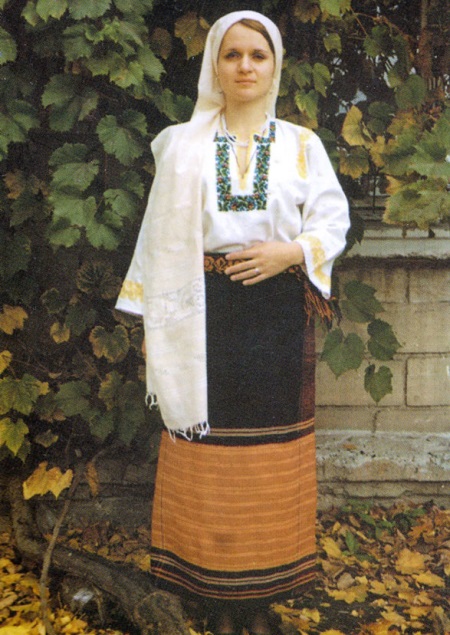
Outerwear
The vest was typical for summer, the sleeveless jacket made of wool trimmed with fur for winter. Also, warm sleeveless jackets were sewn from fur, from sheepskin from dense cloth. The styles of outerwear could be very diverse.
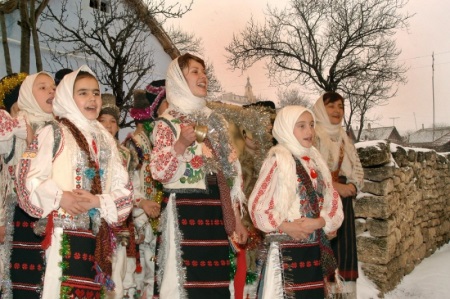
The length, color, location of cuts, the number of buckles and fasteners varied greatly in different parts of Moldova. But common for outerwear in all regions was the rich painting and embroidery of clothes. Multi-colored laces, satin and silk ribbons, delicate lace, appliqués, cross-stitch and stitch embroidery - all this could be seen in a folk costume.
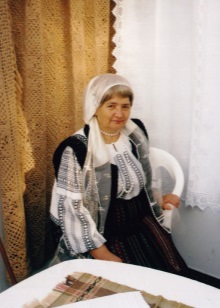
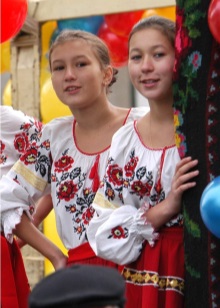
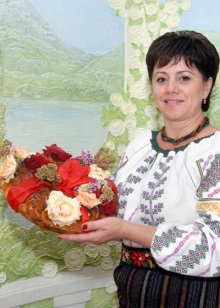
Hats
Headgear was used only by married women. At the wedding, the bride was removed from the veil and presented her with the first headdress.
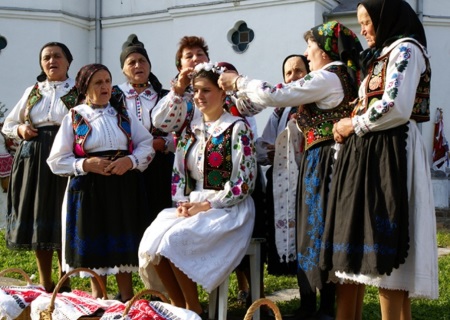
Up to this point, girls decorated braids only with wreaths of flowers, or even loosened their hair.

There were two types of gowns: for festive occasions "neframa" and everyday cîrpa:
- Cîrpa - a complex structure with a base made of a wooden rim with ends in the form of horns wrapped in a scarf. The ends of the scarf covered the shoulders and chest.
- Neframa is a silk or cotton scarf knitted in different ways, but in such a way that the embroidered and decorated ends are clearly visible.
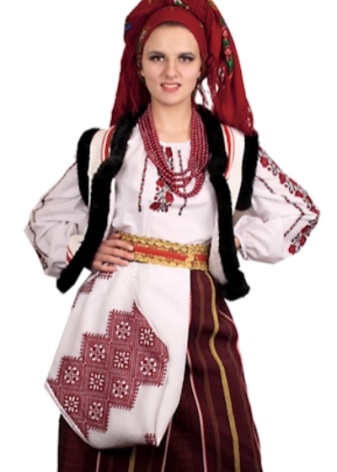


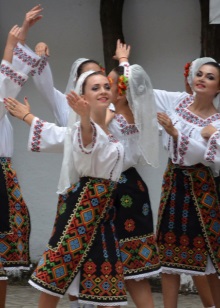
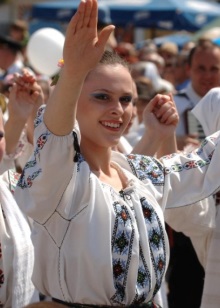
In winter, women wore the same clothes, only weaved them from denser yarn or used hats similar to men with a fringe of animal fur.

Footwear
Ancient Moldavian shoes were raw opinci. Just a piece of leather pulled around the edge with a lace. They were worn everywhere.
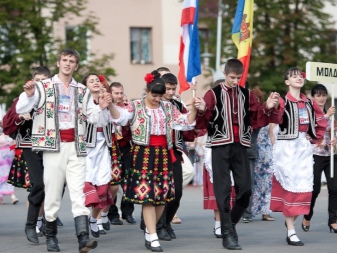
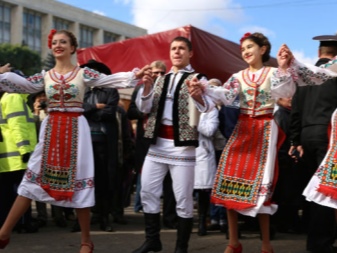
In winter only rich Moldovans wore boots or boots. Shoes for girls were very rare. Stitched only for a solemn occasion, they were carefully stored for several generations and transmitted along the female line.
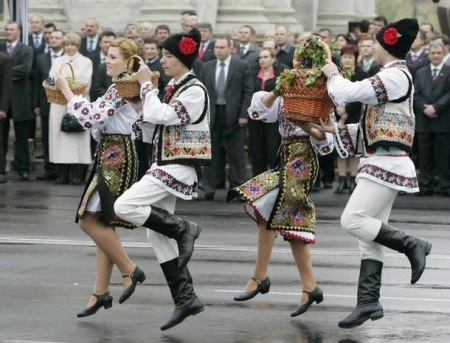
Men's national costume
Shirt
Men wore less bright and colorful clothes. Cotton or linen shirts were worn over and belted in different belts.

The oldest and most popular was the braid, similar to a tunic with a round collar cut in the middle. Young boys mostly wore richly decorated shirts. Cuffs, the edges of the collar and the bottom of the shirt were embroidered with a small bright pattern.
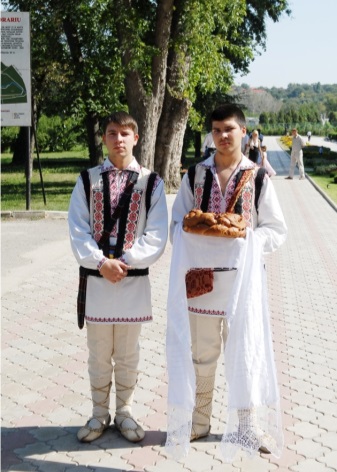

The yoke shirt became fashionable in the early twentieth century and gradually gained popularity among the male population, displacing the shirts.
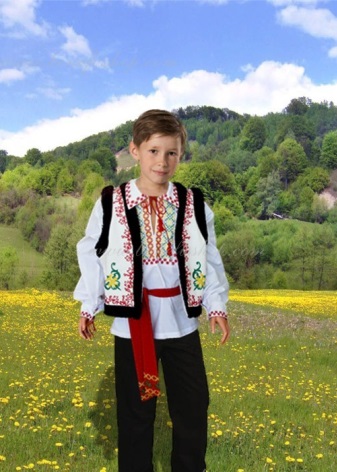

Pants
There were several varieties of trousers. In different district Moldova, different fabrics and styles were used:
- Izmene - light casual pants made of natural materials (linen, hemp or cotton). Over time, this model moved into the category of underwear worn under more dense pants.
- Iari - woolen tight pants in white had a very long length, which is why they gathered on the shins in numerous folds. They were popular among shepherds in the northern regions of Moldova.
- Cioareci is a winter version of woolen trousers, often decorated in the belt area with a simple geometric pattern.
- Meini - the warmest winter pants made of sheepskin. Usually shepherds wore only because of a very long stay in the cold.
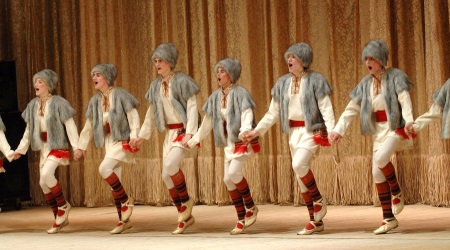
Outerwear
Outerwear, like women's, was quite diverse. Vests, woolen and fur vests, long-length cloth coats also had a diverse cut and materials, depending on the season. Men's clothing was distinguished by a more modest pattern, fewer decorations and embroidery. Wealthy peasants could afford to sew a natural sheepskin coat.
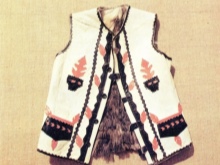

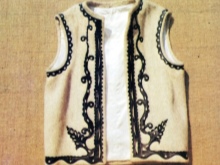
Men's hats were not so diverse and consisted of a cone-shaped sheep hat in the winter and a straw or felt hat in the summer. Guys additionally decorated hats with feathers or flowers.
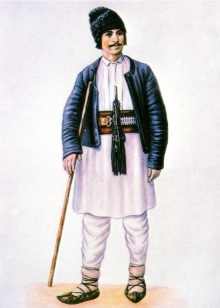
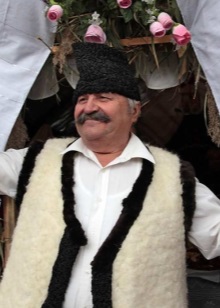
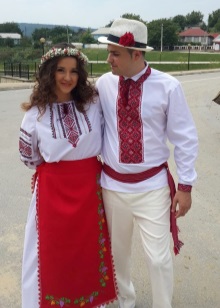
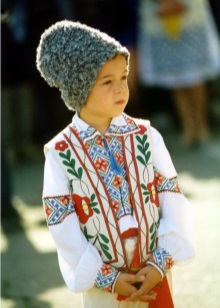

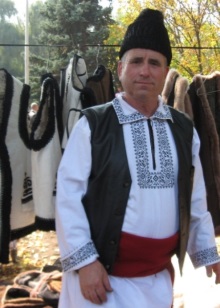
Varieties of belts
In the Moldavian national costume, both men and women attached great importance to belts. They were talked about, given for weddings, believing that the right belt would bring happiness, prosperity or a good harvest. In women, they symbolized age, in men prosperity. Girls girded the skirt with silk or satin belts, and peasant women aged woolen.
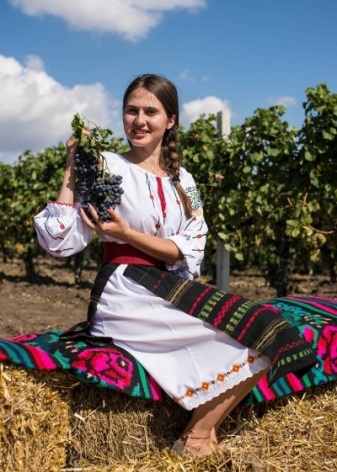
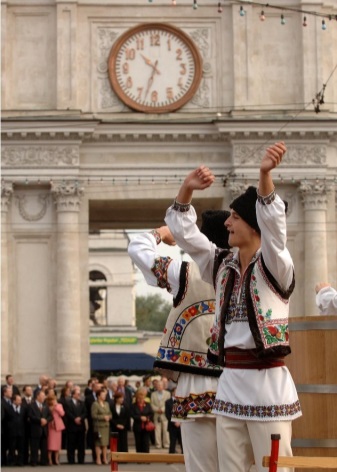
Men from wealthy families made belts to order. They used leather with metal inserts, and the poor used an ordinary rope.
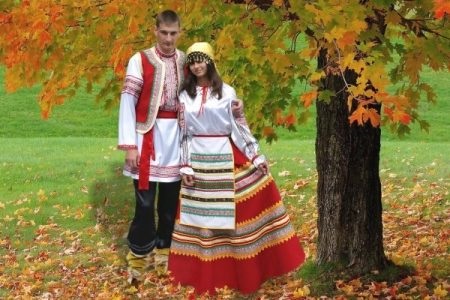
Looking at the Moldavian costume, you never cease to be amazed at how much joy and positive energy the ancient masters managed to invest in their products. Of course, in the modern world he finds a place only at holidays, events dedicated to folk art and in museums. The complex pattern, bright colors, various elements make the Moldavian national costume a work of art.
